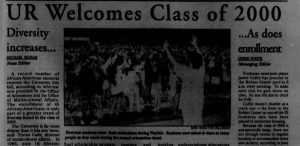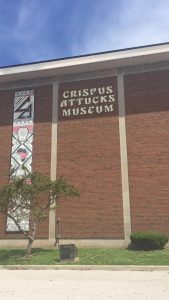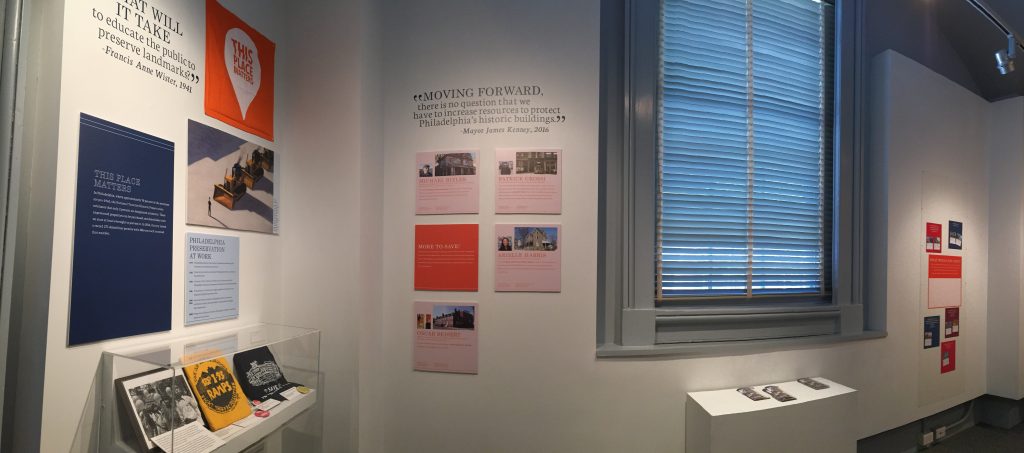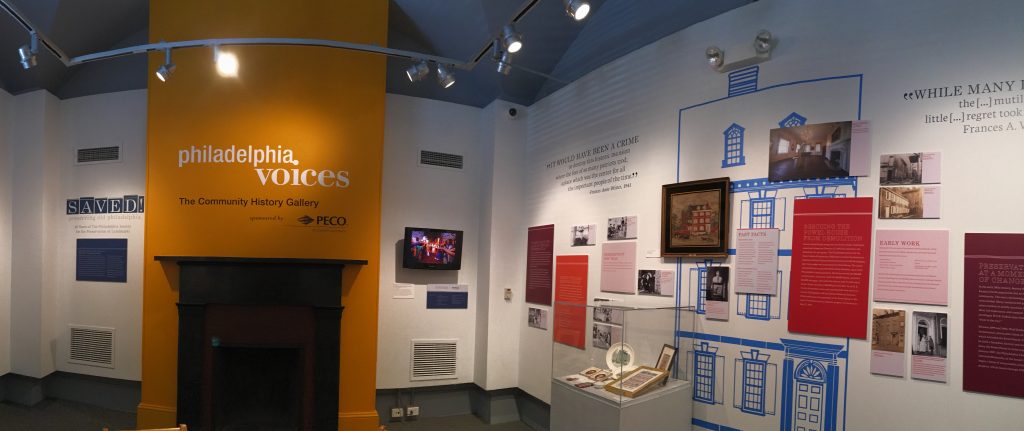By Hunter Moyler
As I’ve been working with Untold RVA and Free Egunfemi this summer, two of the aspects of Richmond history I’ve been tasked with finding and recording is that of Black resistance to adverse power structures and self-determination.
“Self-determination,” as you might deduce, refers to a person’s ability to determine their own fate and the steps they take in order to overcome the adversity that may prevent them from doing so. “Resistance” is similar. It denotes the avenues by which marginalized groups challenge the unjust social order of their day. I’ve found that in the era of slavery, which most of my research has centered around, a plethora of the deliberate acts of self-determination and resistance included radical, often violent, subversions of laws, laws created to fence-off African Americans from achieving anything approaching equity with their European contemporaries.
And when I say violent, I mean it. Look no further Angela Barnett, a free Black woman who lived in Richmond in the late eighteenth century, who killed a man who broke into her house under the suspicion that she was harboring an escaped enslaved man. (Sidbury, Ploughsares into Swords, 4) Or, take Martha Morriset, an enslaved woman who, along with others living on Chesterfield County plantation, murdered her so-called “mistress” after she tried to “correct” her and then chopped up her body and tossed the remains in the James. (Sidbury, 220 – 221) And, of course, I’d be tragically remiss not to mention that General Gabriel, as part of his unfructified plan to establish a free Virginia, intended to kill all Whites “except Quakers, Methodists, and French people” (Amateau, Come August, Come Freedom, 220) until Governor Monroe assented to the soldiers’ demands for emancipation for all of the Old Dominion’s Black population.
The actions of these people were certainly bold moves to take their lives into their own hands and subvert their oppressors, and of course these ought to be recorded and remembered. Each time I read about the enslaved retaliating against their captors, I take note of it. But such reading has placed a smorgasbord of food for thought in front of me, and I’m beginning to feel a smidge bloated.
Read more





